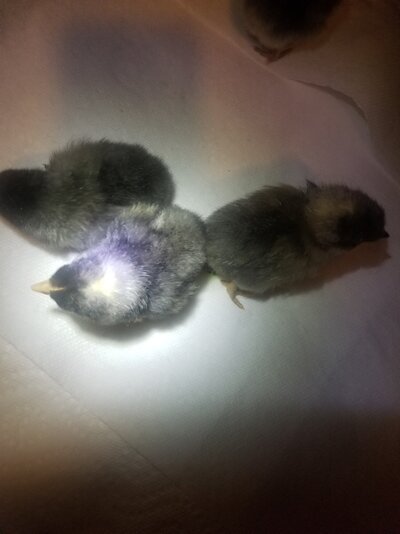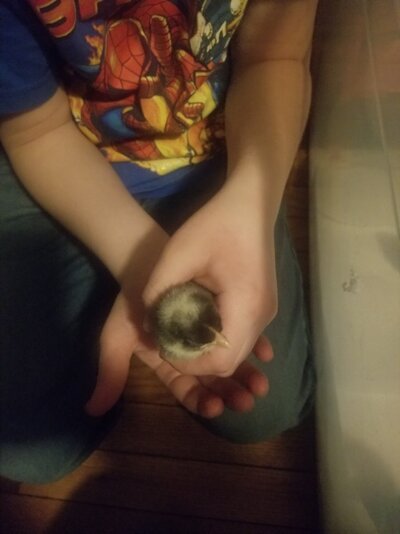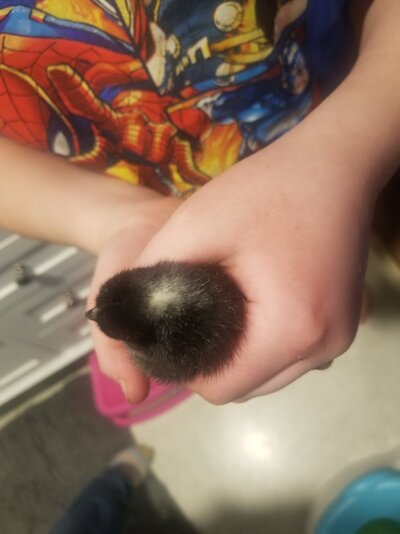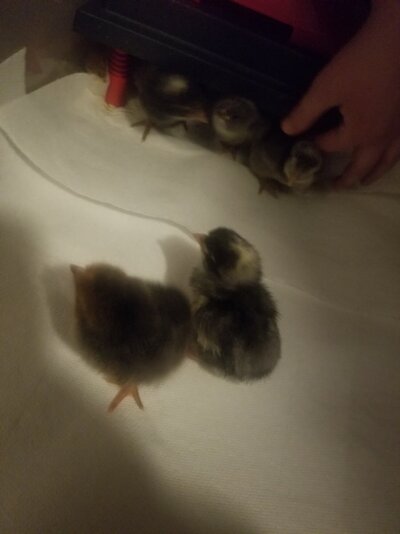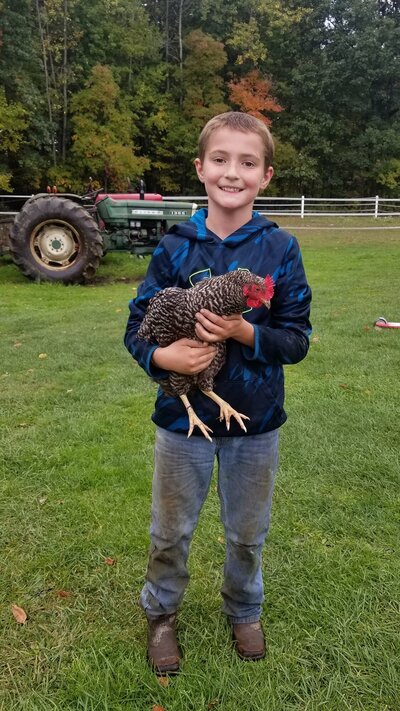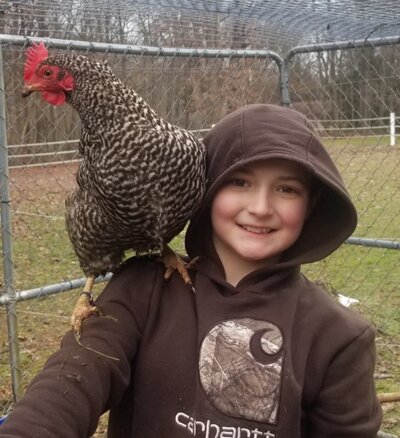lhines08
Songster
We have a black sex link roo and cuckoo maran hens. May have been an egg to from our delewere or golden orpentin Some of them have spots on top of there head. Does this have anything to do with sexing ? I was thinking maybe it was more because they are "mixed" and just have different coloring

